"My" own words and "my" thanks
The liturgy is given entirely by the Holy
Church. The words provided in the Missal are to be prayed
exactly as they are.
For example, "private prayers" such
as a "private thanksgiving" before communion represent a
liturgical abuse, as does the inclusion of words in the
consecration formula, for example, that are not there at all
("Accipite et manducate", etc. are not part of the old rite
consecration formula).
As far as this is possible in the
NOM, it should be pointed out that such things never existed in
the traditional rites.
Modern people have a penchant for
self-expression. Even a biritual priest cannot switch to the
Tridentine "at the push of a button", which previous generations
had learned from childhood.
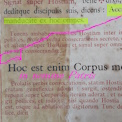
A Word from Anna Katharina Emmerik
In "Secrets of the Old and New Covenants," the author writes about the saint: "She said many things and what is difficult to say, that if only a priest would offer the bloodless sacrifice in the dignity and spirit as the apostles did, then he could avert all trouble."
(Chapter Victory of the Warring Church over its Enemies)
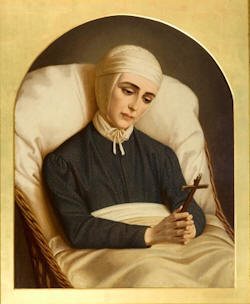
Volume
Is it worth mentioning that St. is the
highest thing on earth? The celebrant will pray the words
provided by the Church at the appropriate volume and will never
raise his voice in such a way that it could be perceived
negatively in any way.
For example, what is to be prayed
in a low voice (such as the "Nobis quoque peccatoribus" is not
loud and what is to be prayed quietly (such as the flying
"famulis tuis") is also prayed quietly.
It is also well
known that the consecration formula must be prayed so quietly
that it can only be noticed by those who are closer to the
altar.

Sanctus candle
In the traditional Dominican rite, a
Sanctus candle is obligatory on the epistle side of the altar.
In the traditional Roman rite this is optional, but is never on
the altar. In the “Lurz” (Rite and Rubrics of the Holy Mass,
Würzburg 1941, p. 22) we read:
"The candelabra on the
epistle page, which is still required in the general rubrics
(Tit. XX.), is 'almost generally out of use today' (J. Braun). A
reminder of this is the beautiful custom of having one or more
candlesticks next to or in front of the altar after the Sanctus
Lighting candles (Sanctus candle)."
Reverend comments on the right time to
light it. Christian Kunz (The liturgical activities of the altar
boy, Regensburg 1902, p. 37): "If there is a habit of
lighting the so-called Consecration candlestick, the altar boy
does this after he has crossed himself at Benedictus etc., or
only during of the Memento for the Living."
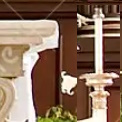
Pileolus
Pileolus means “cap” in Latin – and
that’s exactly what it is. The Pope wears a white one, the
cardinals a red one and the bishops (and some canons) a purple
pileolus. All other clerics may wear a black, brown or white
pileolus (depending on the spiritual association to which they
belong).
The pileolus is forbidden at the mass of the
simple priest. The biretta must be used when accessing and
returning to or from the altar.
In the pontifical
liturgy or in the silent masses of higher prelates, the pileolus
is worn by the celebrant until the preface and after communion.
That’s why the Pileolus is also called Soli Deo (“only before
God” – I take this hat off).
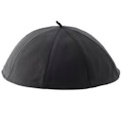
Octave of the All Souls
"In the week after All Souls' Day
(including the eighth day), all masses and services that are
performed for one or more deceased people by name or for the
poor souls as a whole may also be celebrated as funeral masses
according to the form, i.e. in black color. As You have to take
the Missa quotidiana form (with the appropriate oration). (...)
All funeral masses for this group are permitted on all days of
the 3rd and 4th classes."
(Prelate Wilhelm Lurz,
“Introduction to the new categories”, Munich 1960, p. 69).
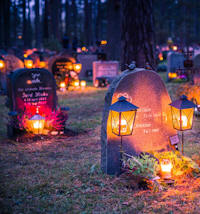
Agnus Dei
At the Agnus Dei, the celebrant stands at the altar and beats his chest each time he hears the words “miserere nobis” and “dona nobis pacem”.
There is no provision for the celebrant to kneel at this point and it never occurred at this point in the Missale Romanum.
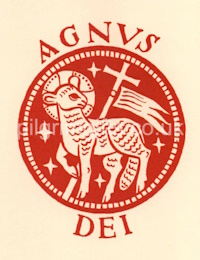
Elevation
(Not only) in the Baldeschi section we
read:
"When performing this act, the priest should make
sure that he raises the Holy Host in a straight line... and does
not lift it so high that he extends his arms excessively and
indecently.... He will also take care that that he neither holds
them completely immobile in the air nor lifts them up so quickly
that you hardly have time to see them (...)."
A
rising "to the height of the elevation" is only intended during
it and not during the sacrifice or at the end of the canon
during the "omnis honor et gloria".
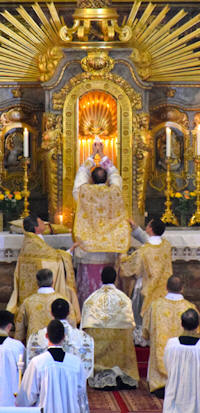
Blessing
At the end of the Holy Mass, the simple priest says the words of blessing and makes a simple blessing cross. Only in the pontifical liturgy is a sung blessing given. In the traditional liturgy, the church does not recognize any sung blessing by the simple priest. This also applies to places of pilgrimage.
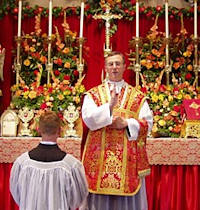
Leonine prayers
The Leonine prayers come from a private revelation by Leo XIII. His requirement to perform this after every non-sung mass was repealed in 1962.
Let's read what the Bishop of Springfield responded in 2024 (!)
to a retired seminarian who publicly stated that the Leonine prayers
were private prayers and were rightly suppressed by the Holy See:
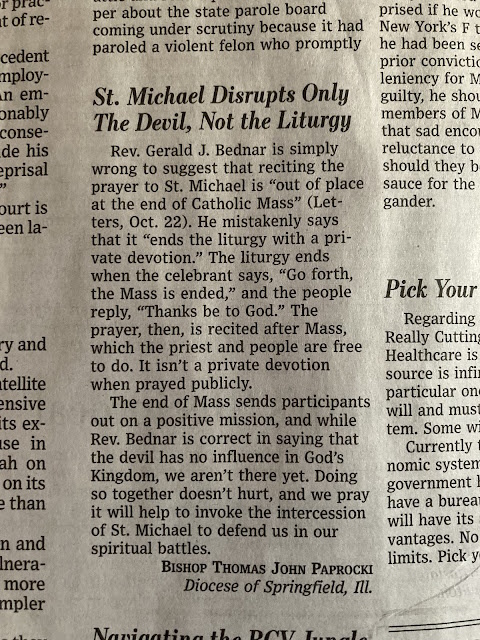
The Leonine prayers are therefore optional (and, by the way, not forbidden at all even after the office has been sung), but if you pray them, please do so "at the foot of the altar" according to the instructions of Leo away from the altar but only when he kneels in front of it.
Likewise, the insertion of any other saints except "... et immaculata Virgine Dei Genitrice Maria, cum beato Ioseph, eius Sponso, ac beatis Apostolis tuis Petro et Paulo et omnibus Sanctis;" simply not intended and this was never practiced that way. Anyone who wishes to introduce any private innovations may do so in the Novus Ordo.
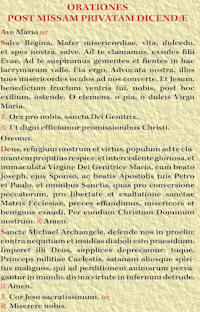
Daily Rorate Mass during Advent
According to the decree of November 24, 1885, a votive mass (unica Missa cantata) de Beata Maria Virgine according to the Rorate form may be held daily in Advent, excluding certain festival days.
As the decree clearly states, this only applies to one office. No right can be derived from this to celebrate the Rorate Mass every day as a "Read Mass" and it should be clear that the permission was not intended to ensure that somewhere during the entire Advent during the week only the Rorate form is used for celebration.
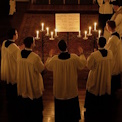
Feel free to get in touch: doyouremember.1962@gmail.com